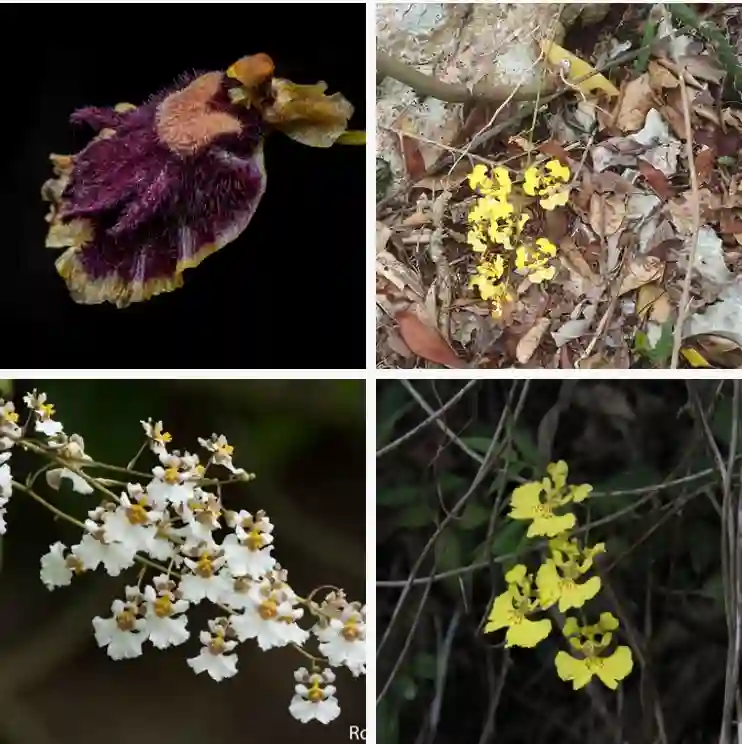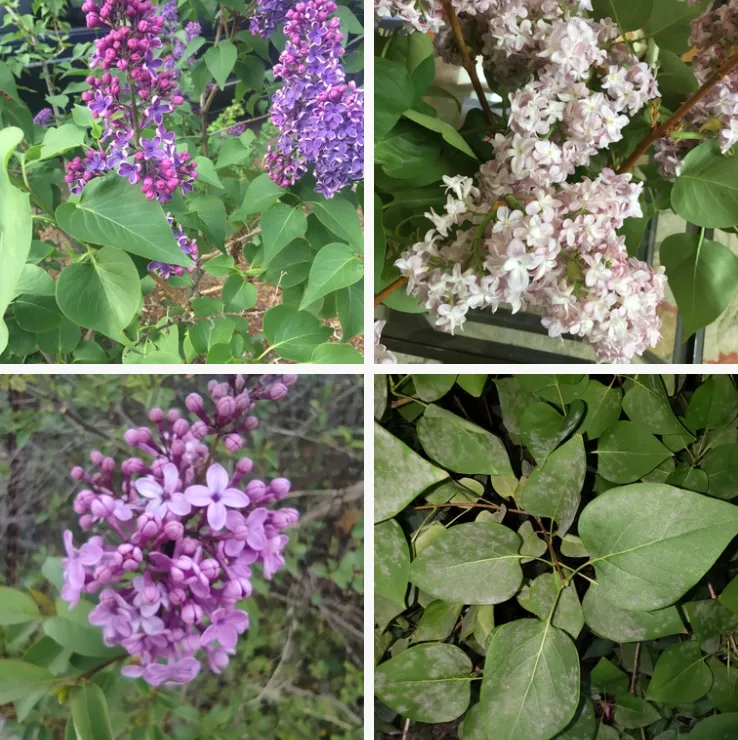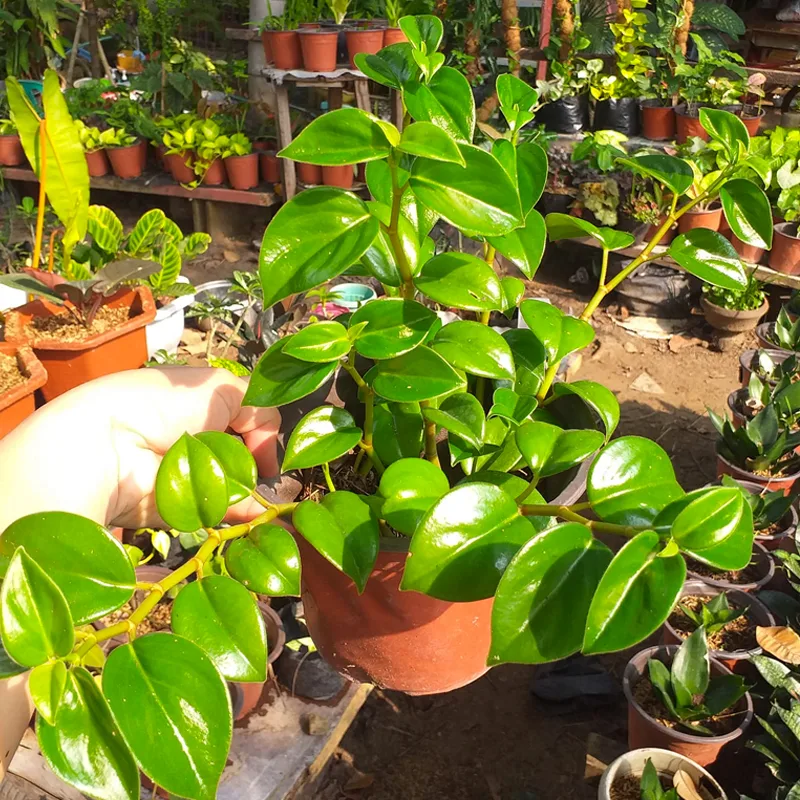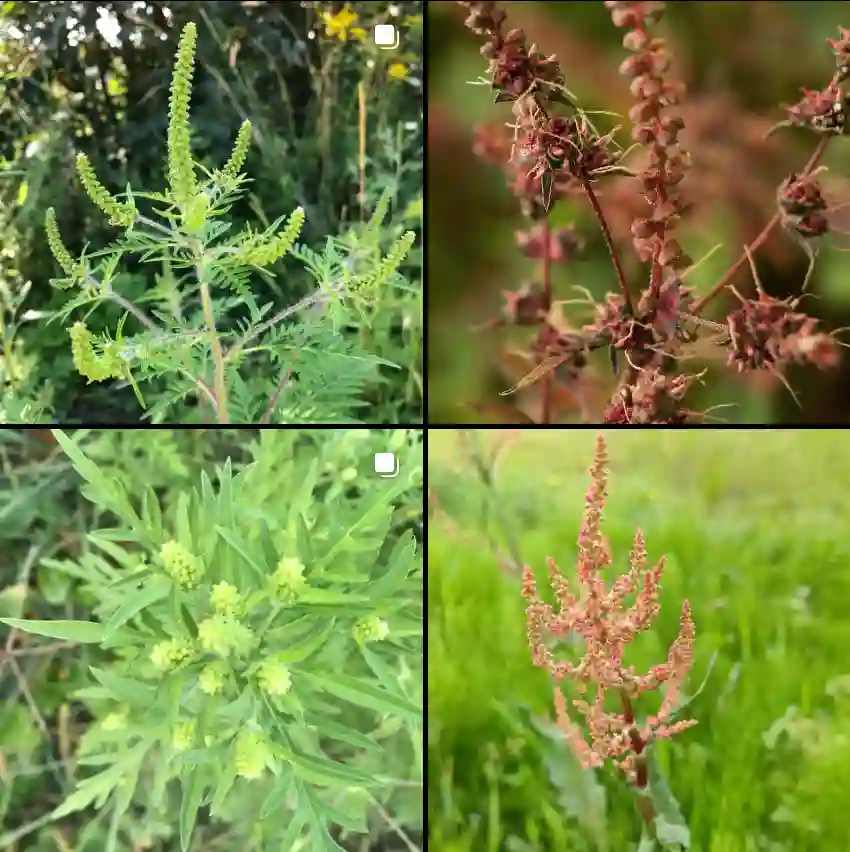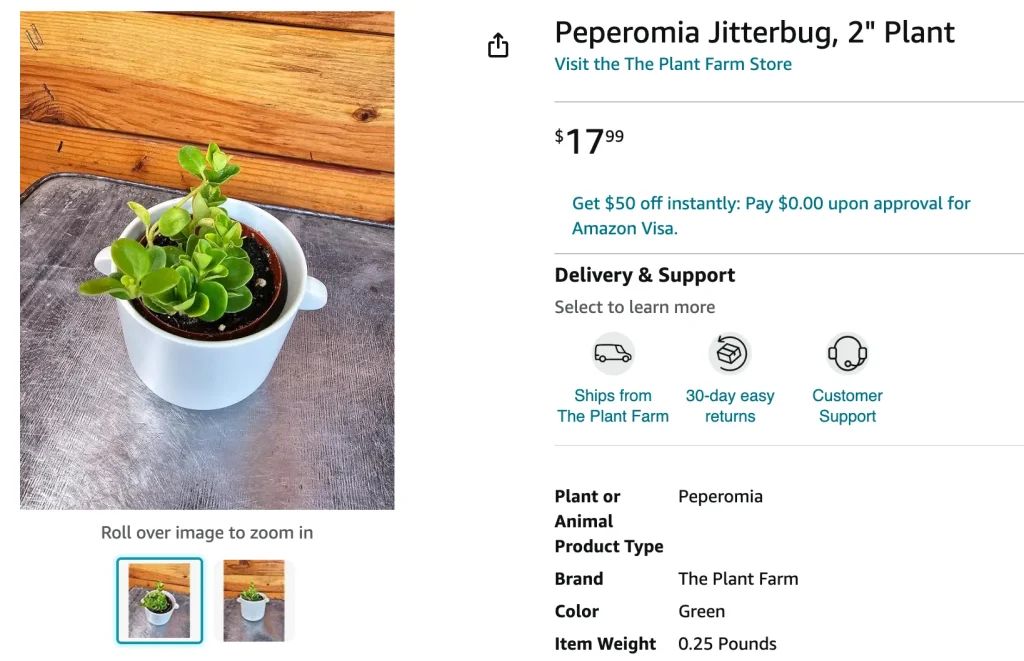
FAQs About Peperomia Jitterbug
Peperomia Jitterbug is a unique and charming plant that I’ve grown to appreciate over time. Its heart-shaped leaves and striking red undersides make it stand out in my collection. If you’re like me and enjoy growing Peperomia varieties, the Jitterbug will certainly catch your attention. Let me share some frequently asked questions about this plant, along with my own experience and knowledge.
1424 Species in Genus Peperomia
What is Peperomia Jitterbug?
Peperomia Jitterbug is a compact, semi-succulent plant known for its thick, glossy green leaves with deep red undersides. It belongs to the Peperomia family, which includes over a thousand species. What I love about Peperomia Jitterbug is its versatility and how well it adapts to indoor environments. Its foliage is vibrant, and the contrasting colors add a pop of life to any room.
How to Care for Peperomia Jitterbug?
Caring for Peperomia Jitterbug is pretty straightforward, especially if you’re already familiar with Peperomia plants. Here’s how I keep mine healthy and thriving:
- Light: Peperomia Jitterbug prefers bright, indirect light. I keep mine near a window with filtered sunlight. Direct sunlight can scorch the leaves, so avoid placing it in full sun.
- Water: One of the things I love about this plant is its low water requirements. Since it stores water in its leaves, overwatering can be a problem. I water my Peperomia Jitterbug when the top inch of soil feels dry. Be sure to use well-draining soil to prevent root rot.
- Humidity: While Peperomia Jitterbug can tolerate average household humidity, it thrives in slightly higher humidity. During the winter months, when indoor air tends to be dry, I mist the leaves occasionally or use a humidifier to maintain a healthy environment.
- Temperature: This plant does well in temperatures ranging from 65°F to 80°F. I keep it away from drafts and sudden temperature changes, as it prefers a stable environment.
- Soil: I’ve found that a well-draining potting mix works best for Peperomia Jitterbug. A mix of peat moss and perlite provides good drainage, preventing the roots from sitting in water.
How to Propagate Peperomia Jitterbug?
Propagating Peperomia Jitterbug is an enjoyable process that can expand your plant collection. I’ve had success propagating this plant through both stem cuttings and leaf cuttings. Here’s how I do it:
- Stem Cuttings: Choose a healthy stem with a few leaves. Cut just below a leaf node and remove the lower leaves, leaving a few at the top. Place the cutting in water or directly into moist soil. I’ve seen roots form in about 2-4 weeks when placed in a warm, bright spot.
- Leaf Cuttings: This method works well if you want to propagate multiple plants at once. Cut a healthy leaf at the base and place it in moist soil or water. Over time, roots and new growth will emerge from the base of the leaf.
I usually opt for stem cuttings, as they tend to root faster, but leaf cuttings can be just as rewarding with a bit of patience.
What to Plant with Peperomia Jitterbug?
Peperomia Jitterbug pairs well with other indoor plants that have similar care requirements. I’ve planted mine alongside other Peperomia varieties like Peperomia Ginny and Peperomia Jelly. Their different leaf shapes and colors create a beautiful display.
Other plants that complement Peperomia Jitterbug include:
- Spider Plant: Its long, arching leaves provide contrast to the compact growth of Peperomia Jitterbug.
- Pothos: Pothos adds a trailing element, while the Jitterbug adds structure and texture to the arrangement.
- Snake Plant: The vertical growth of Snake Plant pairs well with the rounded leaves of Peperomia Jitterbug, creating an interesting visual contrast.
Common Problems with Peperomia Jitterbug
Despite being relatively easy to care for, Peperomia Jitterbug can face a few issues. Here are some common problems I’ve encountered:
- Overwatering: This is the most common issue. I’ve learned to let the soil dry out between waterings to prevent root rot.
- Yellow Leaves: If the leaves start to yellow, it’s often a sign of overwatering. In my experience, reducing water intake usually resolves this problem.
- Leggy Growth: If the plant starts to look leggy, it’s likely not getting enough light. I move mine closer to a light source when this happens, and it usually perks up.
How Big Does Peperomia Jitterbug Get?
Peperomia Jitterbug is a compact plant, typically growing to about 8-12 inches in height. It’s perfect for small spaces or as part of a larger indoor plant collection. The plant’s growth is moderate, and I’ve found that it stays manageable without the need for constant pruning.
Is Peperomia Jitterbug Pet-Friendly?
One of the reasons I love Peperomia plants, including Peperomia Jitterbug, is that they are non-toxic to pets. I have pets at home, so knowing that Peperomia Jitterbug won’t harm them is a big plus. It’s a safe choice if you have curious cats or dogs.
Conclusion
Peperomia Jitterbug is a fantastic addition to any indoor plant collection. Its low-maintenance nature, striking appearance, and adaptability make it a joy to grow. Whether you’re new to houseplants or a seasoned plant lover like me, Peperomia Jitterbug offers both beauty and ease of care.
If i die, water my plants!
